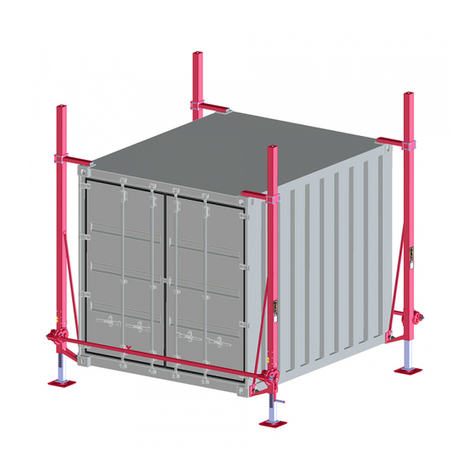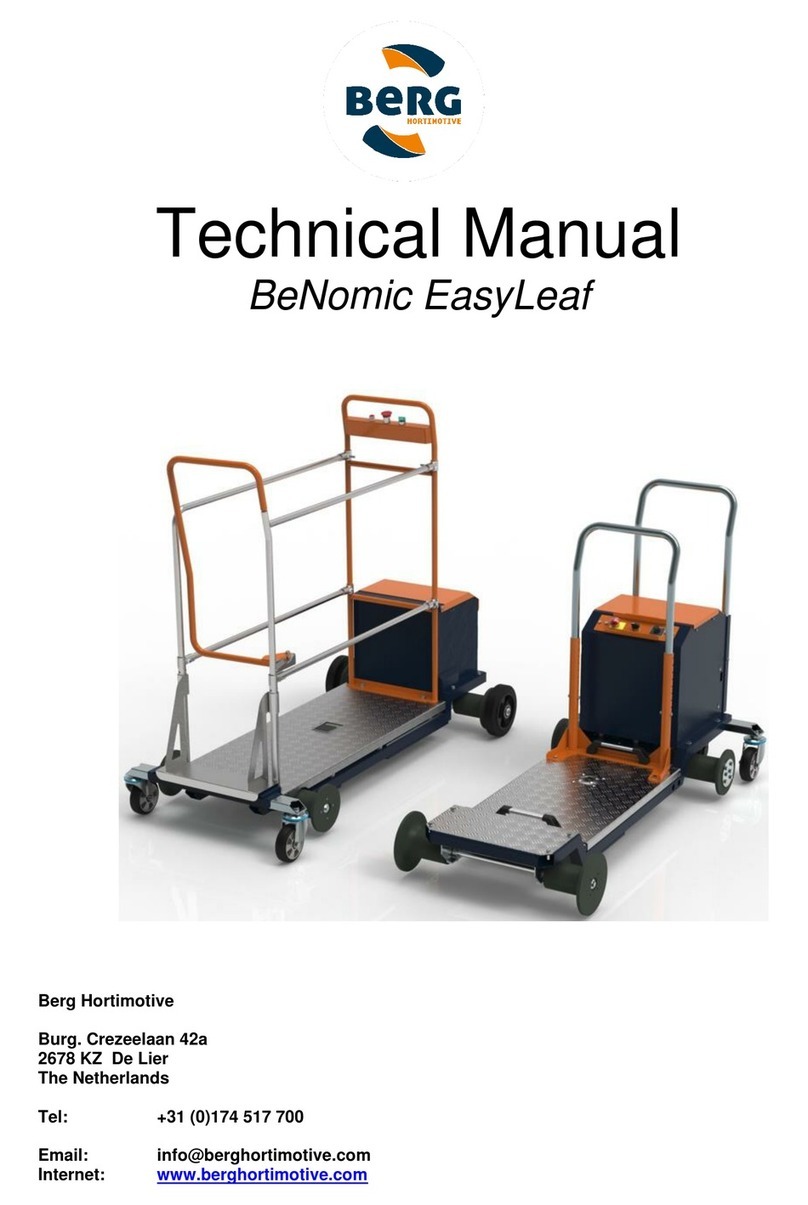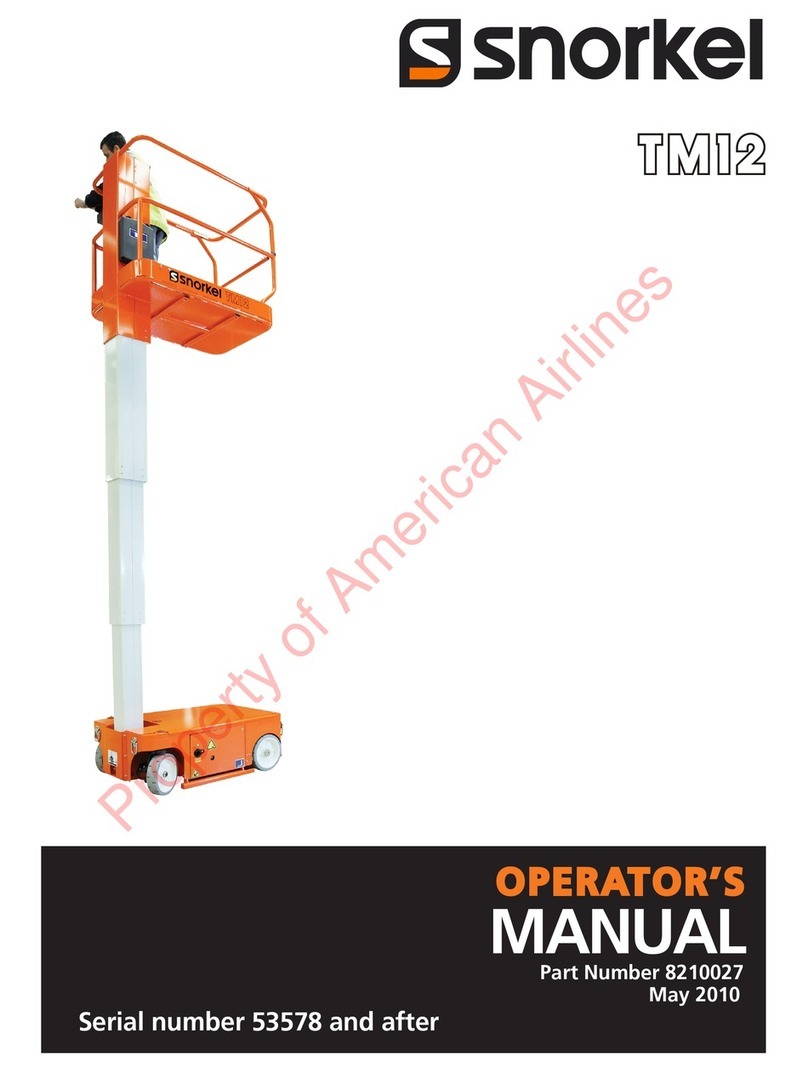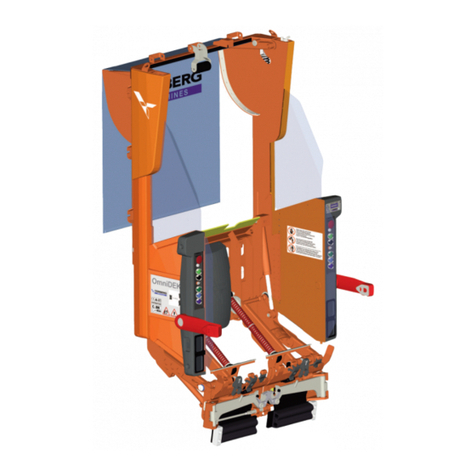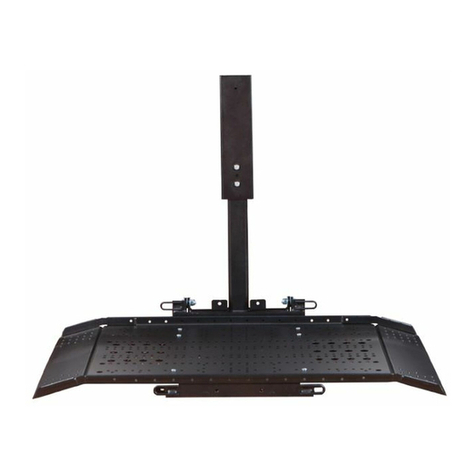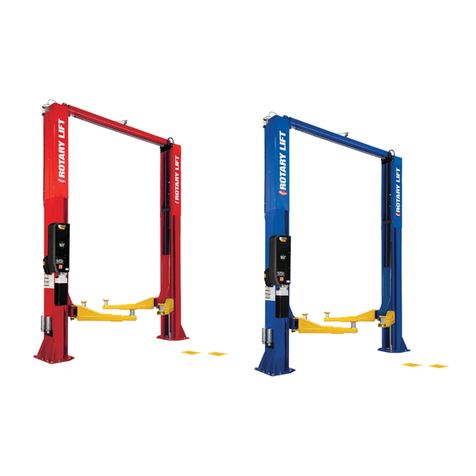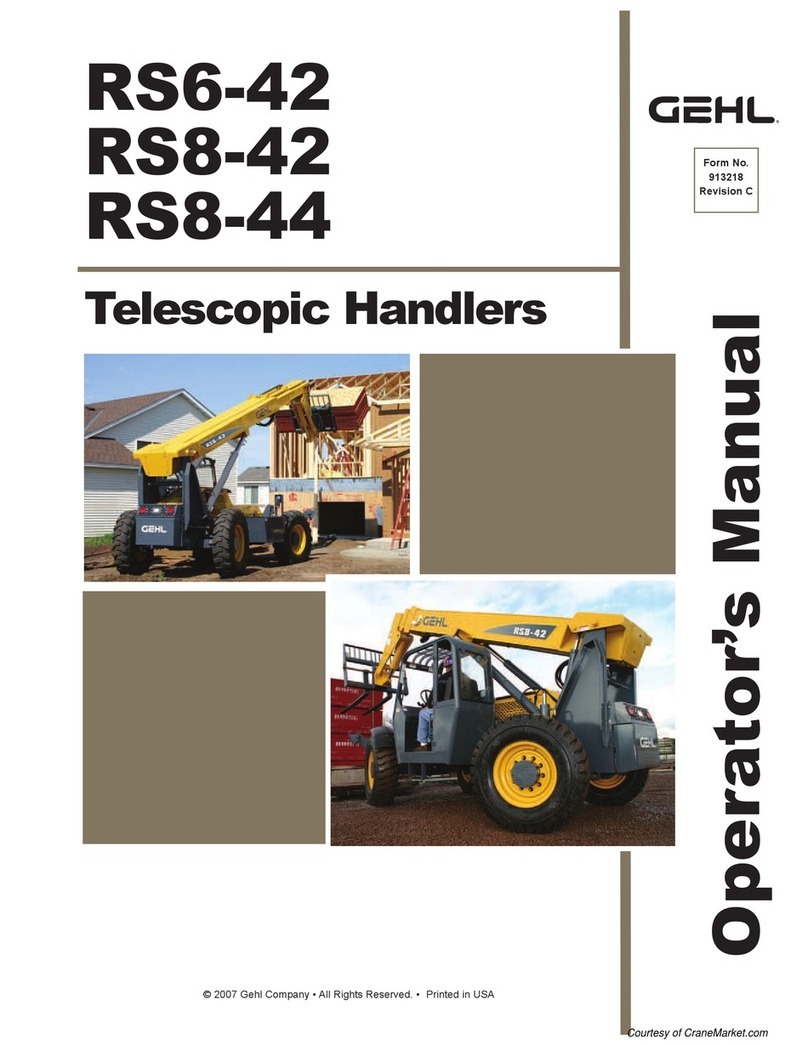50960066/AP0813 4PRINTED IN U.S.A.
Chapter 2
SPECIFICATIONS
Lifting Performance
Maximum lift capacity:
5500 lbs. (2495 kg)
Maximum lift height:
19’ 1”(5.8 m)
Capacity at maximum lift height:
3000 lbs. (1361 kg)
Max. forward reach to load center:
11’ (3.35 m)
Capacity at maximum forward reach:
1850 lbs. (840 kg)
Maximum below grade reach:
0” (0 mm)
General Dimensions
Based on standard machine equipped
with listed tires, 48” masonry carriage
and 48” pallet forks.
Recommended tire type:
12 - 16.5 NHS 10-ply
Overall length, less forks:
148” (3.76 m)
Overall width:
71” (1.80 m)
Overall height:
76” (1.93 m)
Ground clearance: 10.5” (266 mm)
Wheelbase: 90” (2.29 m)
Outside turn radius: 132” (3.35 m)
Machine weight without attachment:
9,760 lbs. (4400 kg)
Instrumentation
Gauges: Fuel level, hourmeter,
coolant temperature, Voltmeter, Engine
speed
Monitoring lights:
Engine oil pressure, alternator,
hydrostatic drive oil temperature,
engine coolant temperature, air cleaner,
low fuel, hydraulic filter, engine failure
and glow indicator.
Visual indicators:
Boom angle, frame angle
Steering System
Steer Valve: Fixed-displacement rotary
Displacement/Rev: 7.3 cu. in. (120 cc)
System pressure: 2400 psi (165 bar)
Steer cylinders: 1 per axle
Steer mode valve:
3-position, 4-way solenoid with
dash-mounted switch actuation
Steer modes: 2-wheel, 4-wheel, crab
Braking System
Service brakes: Oil-immersed inboard
hydraulic wet-disc type; front axle
Manual foot pedal actuation
Parking brake: Spring-applied, hydraulic-
release disc-type in front axle
Actuation is electric switch with engine
running, automatic with engine off.
Electrical System
Type: 12-volt, negative ground
Battery: 950 minimum cold cranking
amps
Circuit protection: Fuse panel
Backup alarm: 107 dB(A)
Horn: 111 dB(A)
Alternator: 95 amp
Service Capacities
Cooling System: 12 qts. (11.3 L)
50/50 mixture
Anti-freeze protection: -31oF (-35oC)
Pressure cap: 14 psi (1.0 bar)
Fuel tank: 17 gals. (64 L)
Hydraulic tank:
18 gals. (68 L)
Axles:
Differentials: 4 qts. (3.8 L) ea.
Planetaries:
Front: 27 oz. (0.8 L) ea.
Rear: 30 oz. (0.9 L) ea.
Transfer Case (front axle only):
8 oz. (0.23 liters)
Hydrostatic Transmission
Type: Rexroth A4VG56DA/32
Speeds: 2 fwd / 2 rev
Travel Speeds:
Low speed: fwd/rev 4 mph (6.4
km/h)
High speed: fwd/rev 15 mph (24
km/h)
Axles (front and rear)
Front Axle: Dana model 60-211-69
Drive/steer, limited-slip differential,
full-time four-wheel drive
Rear Axle: Dana model 221-83
Drive/steer, open differential,
full-time four-wheel drive
Engine
Natural Aspiration Yanmar 4TNV98
202 cu. in. (3.32 liters) displacement
69.3 hp (50.7 kW) @ 2500 rpm
173 ft.-lbs. (235 Nm)
torque @ 1625 rpm
Oil capacity: 9.5 qts. (9.0 L)
Features:
In-line 4-cycle, 4-cylinder, direct-
injection diesel fuel system, in-line
5 micron fuel pre-filter with water
trap, and in-line 1 micron primary
fuel filter, positive pressure lubrica-
tion, liquid pressurized cooling
system, 19” (483 mm) suction fan,
dry dual-element air cleaner,
spin-on oil filter.
Hydraulic System
Type: Open-center
Pump: Single-section gear type
Displacement / revolution:
2.20 cu. in. (36 cc)
Flow @ 2530 RPM:
22 gpm (83 L/min)
Main relief pressure:
3350 psi (231 bar)
Steer relief pressure:
2400 psi (166 bar)
Hydraulic filter:
Return type, 16-micron
media, replaceable element.
Rated flow: 35 gpm (132 L/min)
Rated pressure: 1000 psi (70 bar)
By-pass pressure (full flow):
50 psi (345 kPa)


